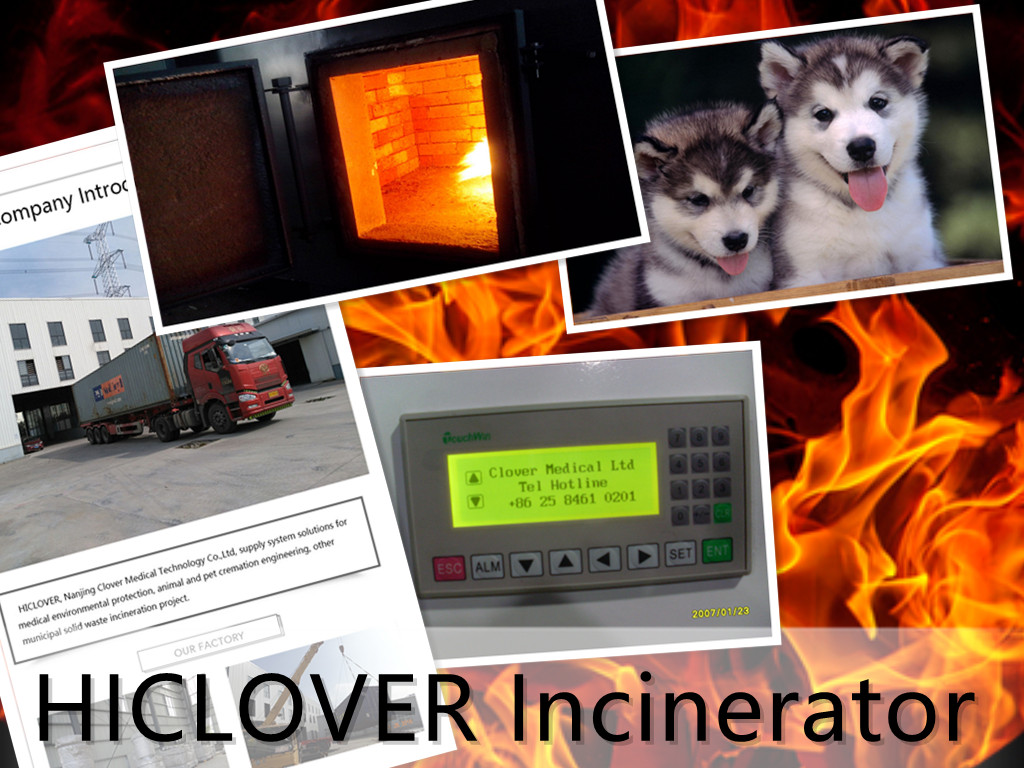How much fuel does an incinerator use? Most fuel-assisted incinerators with a capacity to destroy 100 to 150 kilograms of waste per day consume 5 to 8 liters per hour of fuel (4 to 6.5 kilograms of gas) What are three disadvantages of incinerators? Disadvantages of Waste Incineration It is Expensive. The installation of an incineration plant is an expensive process. … Pollutes the Environment. … Damaging Public Health. … The Possibility of Long-term Problems. … Ash Waste Can Potentially Harm People and the Environment. … Environmental Racism. smart ash incinerator incinerator diesel incinerator south africa package medical waste incinerator How much does it cost to run an incinerator? Cost of incineration plant by formula According to the formula, the cost of a 40,000 tpa plant is $41 million, or $1,026 per ton of annual capacity. A Medium-sized 250,000 tpa plant should cost $169 million, or $680 per ton of annual capacity. These numbers give us the first estimation of how much waste-to-energy is. How hot is an incinerator? Thermal destruction of most organic compounds occurs between 590/C and 650/C (1100/F and 1200/F). Most hazardous waste incinerators are operated at 980/C to 1200/C (1800/F to 2200/F) to ensure nearly complete destruction of the organics in the waste (AWMA, 1992). Why incinerators are the most expensive form of waste disposal? Incineration is generally the most expensive form of waste disposal because incin- erators require a lot of energy to operate. Incinerators also need pollution-control devices and need to be carefully monitored so that hazardous gases and particles are not released into the air. Nanjing Clover Medical Technology Co.,Ltd. Items/Model TS10(PLC) TS20(PLC) TS30(PLC) TS50(PLC) Burn Rate (Average) 10-20 kg/hour 20-30 kg/hour 30-50 kg/hour 50-100 kg/hour Control Mode PLC Auto. PLC Auto. PLC […]
